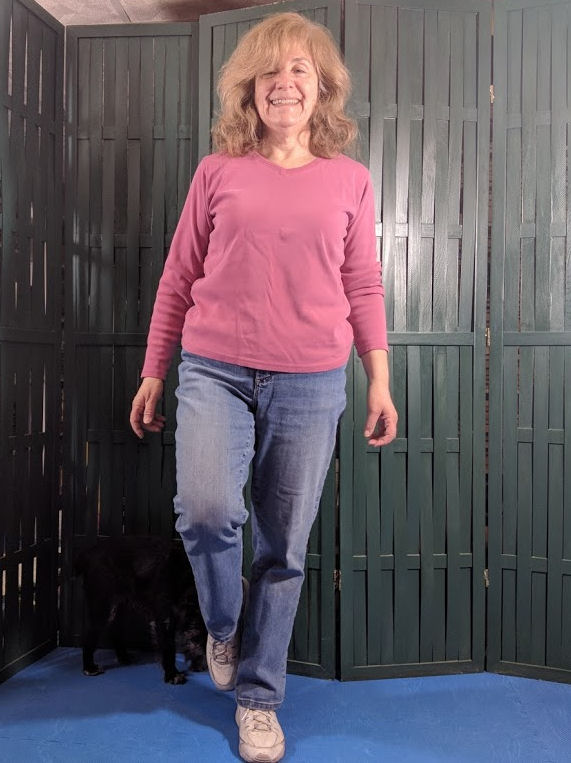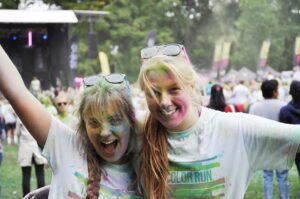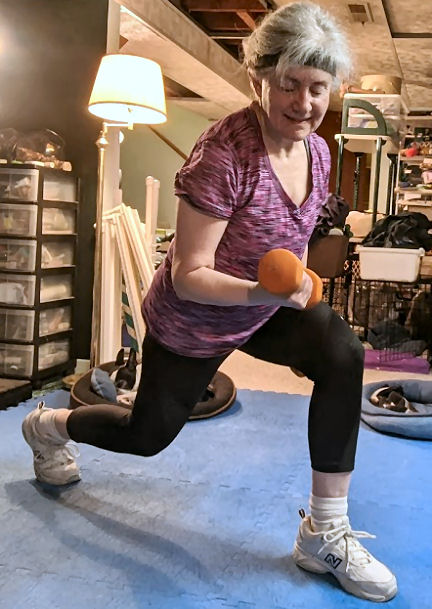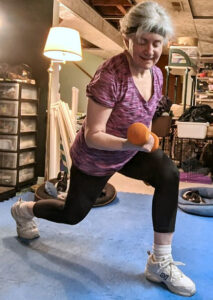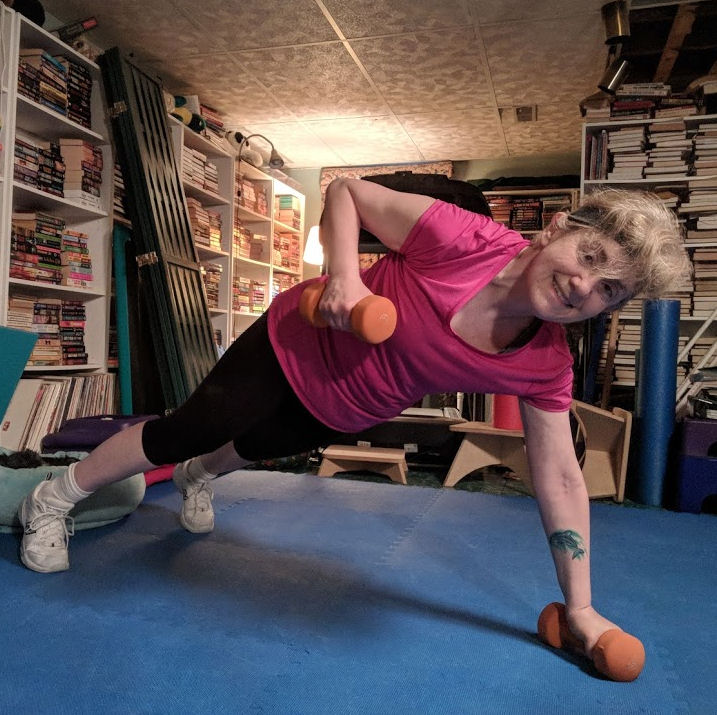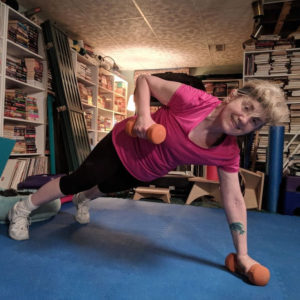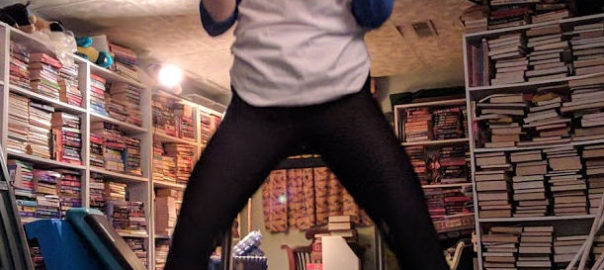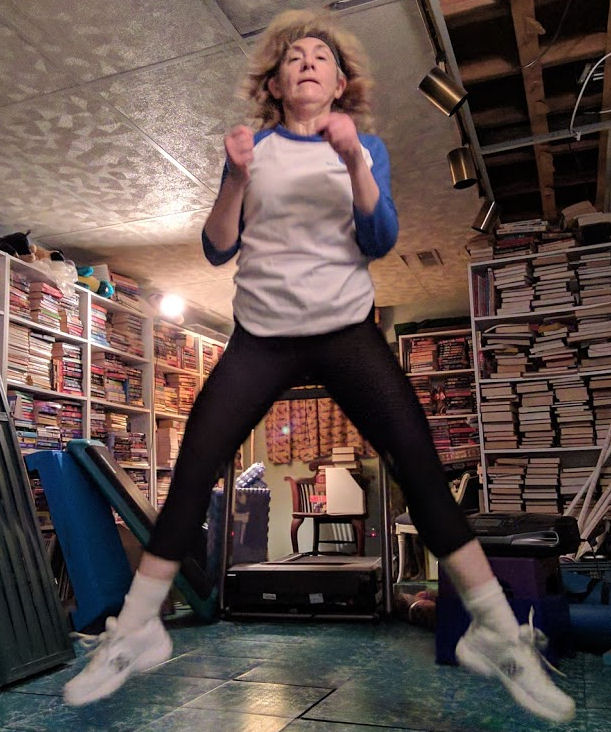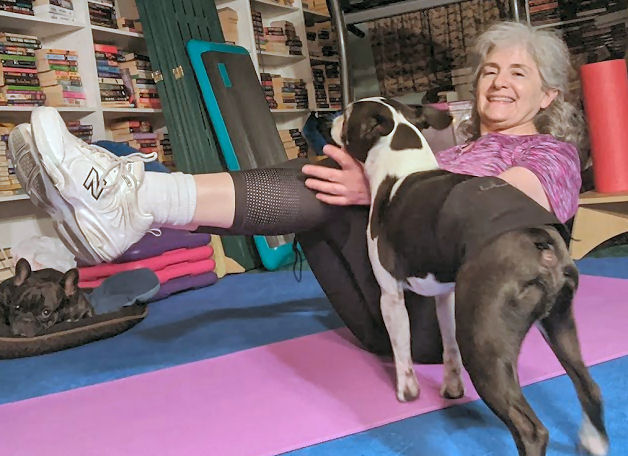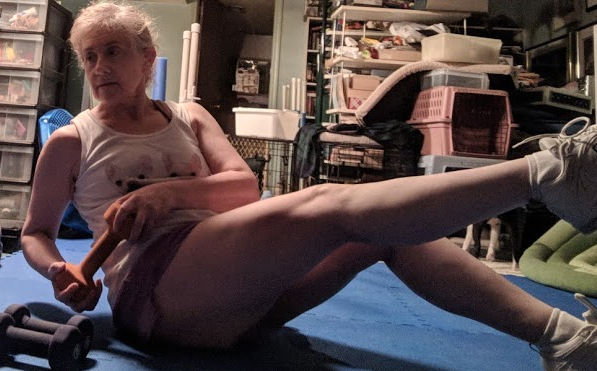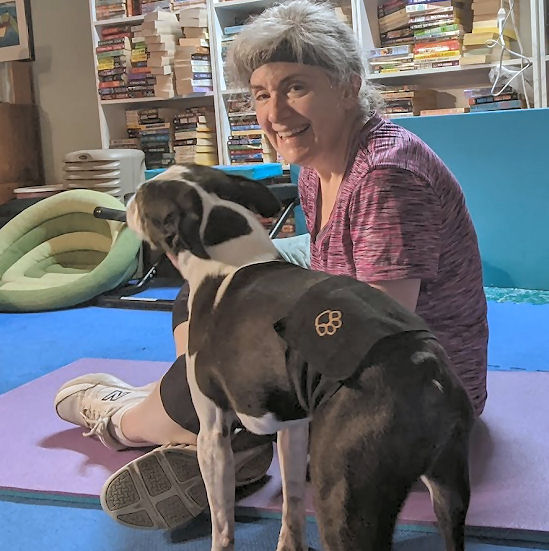It’s Fall – when we strive to prevent falls
It’s officially Fall according to the calendar, and my reminder to focus on my balance exercises. It’s an unkind fact – as we get older we not only gain more wisdom (that’s a good thing), we also lose things. Like our eyesight, our hearing, our hair (for some), our bone density, and our sense of balance. Falls are a primary cause of sending us seniors to the hospital. And once we’ve fallen, we live in fear of falling again. We may not be able to do much about our eyesight and hearing, but we can work to improve our balance. Fear of falling is a powerful nudge to get us working on our balance, but don’t use fear as a motivator.
Negative motivators are powerful
Fear has been called the most powerful motivator to get us to do something. And it certainly works. For a while. But we become fatigued. We can’t live in fear day in and day out. It’s not enough to be afraid of falling to get us to do the simple balance exercises. Fear tends to paralyze us. And if we don’t fall one day, or two, or a week, then we lose the motivation. We’re still afraid of falling, because the memory is there, but it’s no longer so powerful.
I learned a lot about aging
I started my balance journey a number of years ago after I fell and injured my knee and hips. It’s true that knowing our balance diminishes is often not enough to get us to work on it, though. In fact, I didn’t know about that aspect of aging until I started doing some research. I didn’t like the fact that losing balance is a natural part of aging, so I decided to see if there was something to do about it. Happily, I also learned that simple exercises (you can do the Core-Centered Balance Moves too) can help us regain the balance we’ve lost over time. This is a long-term prospect. Much like general exercises for the rest of our bodies, the benefits are lost if we don’t do them and they’re cumulative if we keep on doing the exercises. So we need additional motivation to keep us working on our balance.
Negative motivators are exhausting
But fear is a negative motivator, which never works as well as positive ones over time. Negative motivators are tiring. They’re unsustainable. Negative motivators work really well in the short term – like making you hurry if you’re late to an appointment and fear the consequences. Negative motivators are great at getting you to avoid doing things – like going out of your house if you’re afraid of falling. Positive motivators work much better in the long run at helping you to take action. You’ll want to go places and visit friends and family if you’re confident that you can do so safely. You’ll be able to bounce back and be more resilient if you’re confident in your independence.
So don’t use fear as a motivator to practice your balance moves. Instead, think of the confidence you’ll gain by your improved balance. You can step out of your door with confidence. You’ll revel in your independence. You’ll know that even if you do step on uneven pavement, the Inline Walking exercise that you do every week (yes, I know it looks and feels weird) will help you keep your balance.
It’s just two minutes a day. Practice your balance. Be confident.

